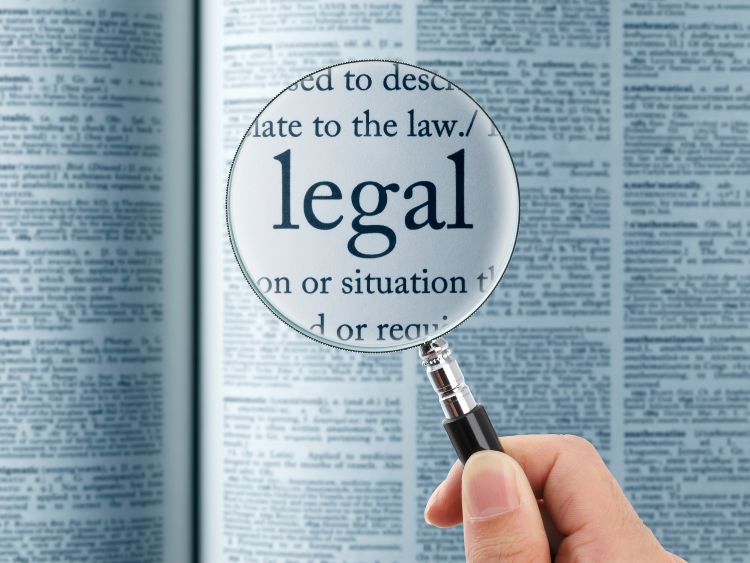Navigating the complex world of legal documentation can often feel like deciphering an ancient manuscript. Among the myriad of documents that legal professionals deal with, the legal opinion letter stands out for its critical role in various transactions and legal procedures. This article will demystify the legal opinion letter, offering a detailed guide and an example to help you understand its significance, structure, and how to craft one effectively. Whether you’re a seasoned attorney, a law student, or just curious about the legal landscape, this exploration will provide you with valuable insights and practical tips to master the art of writing a legal opinion letter.
What is a Legal Opinion Letter?
A legal opinion letter, often just called a legal opinion, is a document written by an attorney that provides an analysis of the legal aspects of a transaction or matter. It’s a professional judgment that isn’t just about stating facts but interpreting how the law applies to those facts. This document is pivotal for clients, providing them with clarity and direction on legal matters, and for third parties, offering assurance about the legal standing or risks associated with certain actions.
Why is a Legal Opinion Letter Important?
- Risk Assessment: It helps clients understand potential legal risks involved in a transaction or decision.
- Legal Assurance: Provides third parties with confidence in the legality of a transaction or agreement.
- Decision Making: Assists in making informed decisions based on legal standings.
- Compliance: Ensures that actions or agreements comply with relevant laws and regulations.
Crafting the Legal Opinion Letter: Step by Step
1. Understanding the Client’s Needs
Before penning down anything, it’s crucial to have a clear understanding of what the client is seeking. What are their concerns? What specific aspects of the law are they unsure about?
2. Research and Analysis
Thorough research is the backbone of a sound legal opinion. This involves not just understanding the relevant laws but also interpreting court decisions and legal precedents that might influence the opinion.
3. Structuring the Letter
A well-structured legal opinion letter not only conveys professionalism but also makes the document easier to understand. Here’s a basic structure to follow:
- Introduction: Briefly outline the purpose of the letter and the main issues addressed.
- Background: Provide context or background information necessary to understand the matter at hand.
- Legal Analysis: Present your analysis, applying the law to the facts in a clear and concise manner.
- Conclusion: Summarize your findings and offer any recommendations or next steps.
4. Writing the Letter
Now, let’s get down to the nitty-gritty. Keep these pointers in mind:
- Use plain language; legal jargon can be confusing.
- Be precise and concise; avoid unnecessary fluff.
- Stay objective; your role is to provide an unbiased interpretation of the law.
5. Review and Edit
A single oversight can change the meaning of legal advice. Hence, reviewing and editing are as crucial as the writing itself. Ensure your letter is clear, accurate, and free of errors.
Legal Opinion Letter Example
Let’s look at a simplified example of a legal opinion letter:
[Your Law Firm’s Letterhead]
Date: [Insert Date]
To: [Client’s Name]
Subject: Legal Opinion Regarding [Subject Matter]
Dear [Client’s Name],
Introduction: We have reviewed the documents and circumstances surrounding [brief description of the matter], as requested. This letter presents our legal opinion on [key issue(s)].
Background: [Provide a brief background of the situation or transaction. Include any relevant facts that the opinion is based on.]
Legal Analysis: Based on our analysis, [provide a detailed legal reasoning, applying law to the facts]. Considering the relevant laws and precedents, such as [mention any statutes or case laws], we conclude that [state your conclusion].
Conclusion: In light of the above, it is our opinion that [summarize the key findings and offer advice on how to proceed]. Should you have any further questions or require additional assistance, please do not hesitate to contact us.
Sincerely,
[Your Name] [Your Position] [Your Contact Information]
FAQs
Who needs a legal opinion letter? Individuals, corporations, and governmental entities may require a legal opinion letter for transactions, litigation, or to assess legal risks.
Can a legal opinion letter be challenged? Yes, like any professional opinion, it can be challenged, especially if new facts emerge or if an alternative legal interpretation is presented.
How often should the legal opinion be updated? It should be updated if there are significant changes in the law, the facts of the case, or if the client’s situation evolves in a way that might affect the legal opinion.
Summary
Crafting a legal opinion letter requires a deep understanding of the law, an ability to apply it to specific facts, and the skill to communicate complex ideas clearly and concisely. Remember, the goal is not just to inform but to provide actionable advice that guides the client through their legal matters. By following the structured approach outlined above and incorporating the tips provided, you’ll be well on your way to writing effective and comprehensive legal opinion letters. Whether for educational purposes or practical application, mastering this skill is invaluable for anyone in the legal profession.

